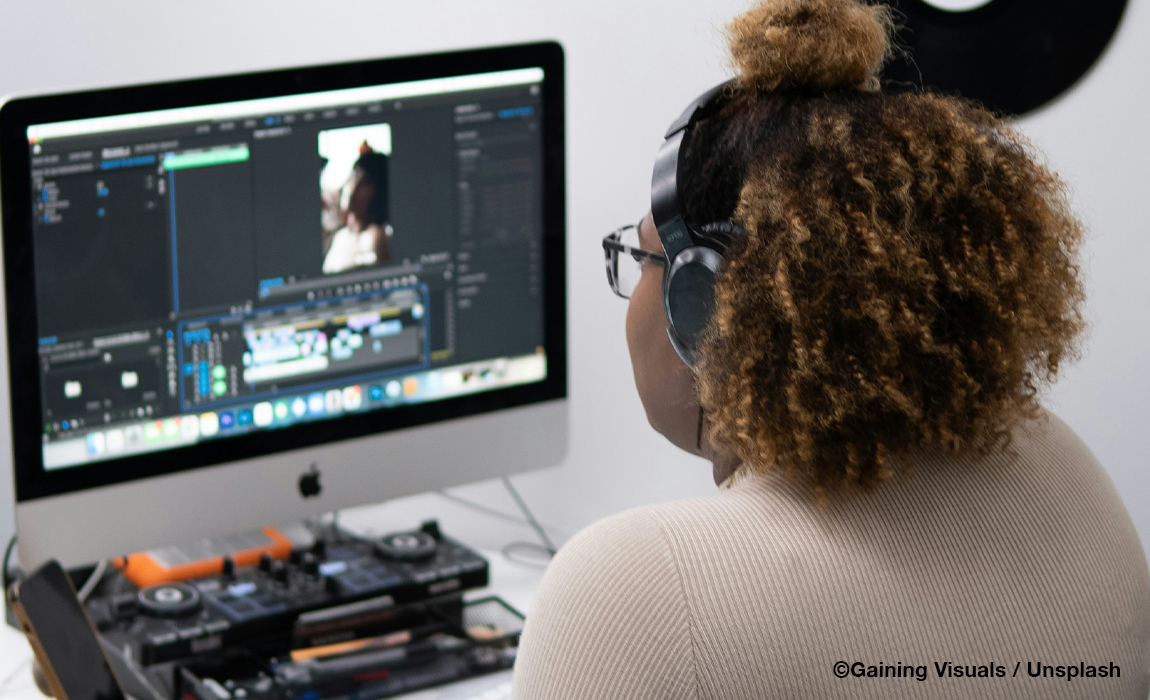In the world of filmmaking, where grand visions often meet modest budgets, the editor’s chair can feel like a lonely outpost. For first-time filmmakers, the post-production phase—specifically editing—can be daunting. Yet, as Hollywood veterans will tell you, a well-edited film isn’t just about technical prowess; it’s about storytelling. This isn’t where you fix your mistakes; it’s where you find your film.
This guide, inspired by insights from both indie darlings and blockbuster behemoths, offers practical, no-nonsense advice to help new directors navigate the crucial art of the edit.
Prioritize Story Above All Else
It’s tempting to include every beautiful shot you captured, every witty line of dialogue. Resist this urge. The primary goal of editing is to serve the story. If a shot, a scene, or even a single frame doesn’t advance the narrative or reveal character, it likely doesn’t belong.
- Practical Example: Imagine you have a stunning, sweeping drone shot of a landscape. If your character’s emotional journey is the focus of the scene, does that drone shot contribute to their story in that moment, or is it merely pretty? Sometimes, less is more.
Embrace the Rough Cut (and Don’t Fall in Love with It)
The rough cut is your first assembly of all your footage. It will be long, clunky, and far from perfect. That’s not just okay, it’s expected. Think of it as sculpting a block of marble. You’re just starting to define the form.
- Practical Example: Don’t spend days perfecting a five-second transition in your rough cut. Get the whole story laid out first. You’ll refine the details later. Director Christopher Nolan is known for prioritizing story flow in early cuts, letting the pacing evolve.
The Power of Pacing: Breathe Life into Your Scenes
Pacing is the rhythm of your film. It dictates how quickly or slowly information is revealed and how emotions build. A fast pace can build tension; a slow pace can convey introspection or melancholy.
- Practical Example: A tense chase scene will use quick cuts and rapid succession of shots to keep the audience on edge. Conversely, a quiet, contemplative scene might hold on a shot for longer, allowing the audience to absorb the atmosphere. Pay attention to character reactions; often, a sustained look or a slight hesitation can convey more than dialogue.
Listen, Don’t Just Look: The Role of Sound
Often overlooked by beginners, sound is half the movie-watching experience. Dialogue, music, and sound effects can profoundly impact the emotional resonance and clarity of your film.
- Practical Example: Even if you captured clean dialogue on set, consider adding subtle ambient sounds (room tone, city hum) to make scenes feel more authentic. Use sound effects to punctuate actions (a door slam, footsteps) and music to amplify emotional beats. Good sound design can literally make or break a scene.
Stepping Away: Gaining Perspective
Your eyes and ears will become fatigued. After hours, days, or weeks staring at the same footage, it’s easy to lose objectivity.
- Practical Example: Take a break. Go for a walk. Watch another movie. Come back to your edit with fresh eyes. Even a day away can help you spot issues or opportunities you missed before. Film editor Walter Murch (known for Apocalypse Now and The Godfather: Part II) often advocates for taking significant breaks between editing passes.
Get Feedback (Wisely)
Once you have a solid cut, share it. But be strategic about who you share it with. Seek out honest, constructive criticism from people who understand storytelling, even if they aren’t filmmakers themselves.
- Practical Example: Show your cut to a trusted friend who isn’t afraid to be honest, or a fellow aspiring filmmaker. Ask specific questions: “Was this scene confusing?” “Did you understand the character’s motivation here?” Avoid family members who might just tell you it’s great!
Further Reading and Resources:
- No Film School: A fantastic resource for independent filmmakers, often featuring articles and tutorials on editing.
- StudioBinder: Offers practical guides and breakdowns on various aspects of post-production.
- “In the Blink of an Eye: A Perspective on Film Editing” by Walter Murch: A seminal book on film editing that, while advanced, offers invaluable philosophical insights.
Editing is an iterative process. Your first film’s edit will be a learning experience, but by focusing on story, embracing imperfection, and trusting your instincts (and sometimes, external feedback), you’ll be well on your way to crafting a compelling narrative.

